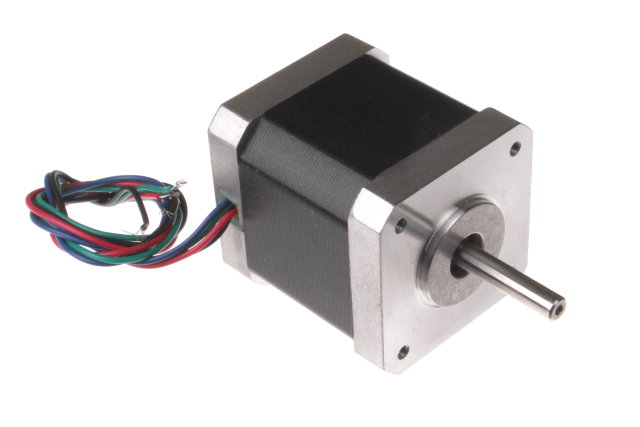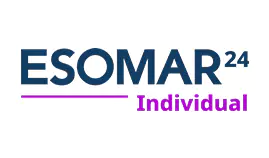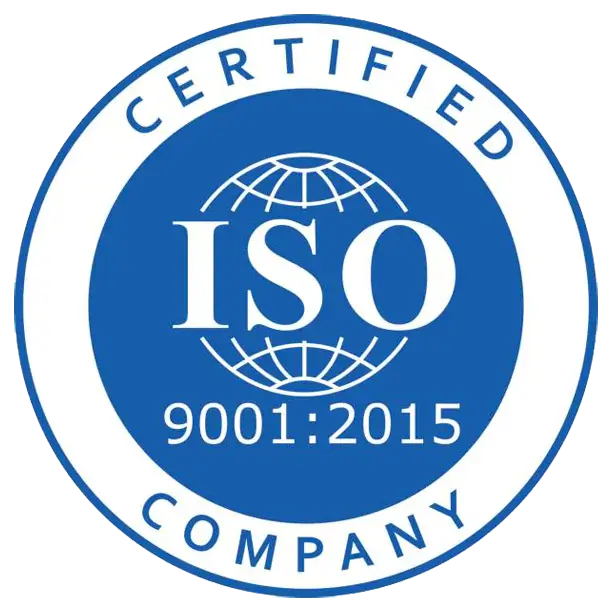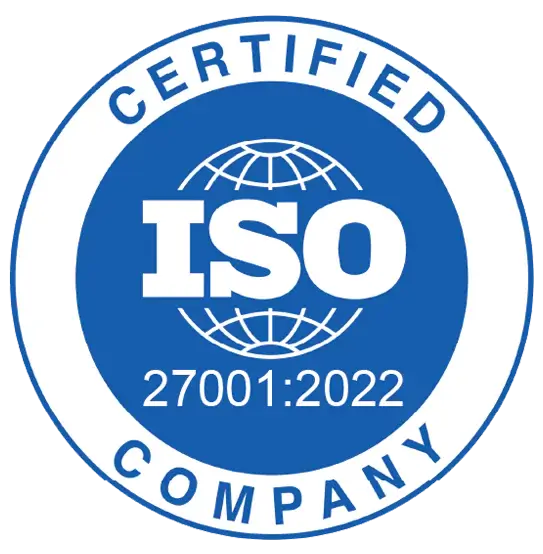
Stepper motors are integral to modern machinery, finding applications across various industries including manufacturing, robotics, and consumer electronics. This versatility is largely due to the different methods available for controlling these motors, namely servo and traditional control techniques. This article delves into the definitions, workings, and comparisons between these two predominant control methods, shedding light on their benefits and drawbacks in various applications.
What Are Stepper Motors?
Stepper motors operate on the principle of electromagnetism. Unlike conventional electric motors, stepper motors move in discrete steps, allowing precise control over position and speed. This section outlines the fundamental aspects of stepper motors.
Key components of stepper motors:
- Rotor: The rotating part of the motor, typically made of permanent magnets.
- Stator: The stationary part of the motor, consisting of windings.
- Driver: Electronic device that sends pulses to control the motor steps.
- Controller: Manages the input signals, directing the driver accordingly.
What Is Traditional Control in Stepper Motors?
Traditional control, also known as open-loop control, operates without feedback from the motor. It sends signals at predetermined intervals, assuming the motor follows these commands precisely, which is not always the case due to variations in load and other external factors.
Main stages of traditional control operation:
- Initialization: Setting the initial conditions for motor operation.
- Signal Generation: Producing the pulses needed to drive the motor.
- Step Execution: The motor executes the steps as per the signals received.
What Is Servo Control in Stepper Motors?
Servo controls incorporate feedback in real-time to adjust the motion of the stepper motor. This method uses sensors to monitor the position and speed of the motor, allowing for more accurate control, particularly in dynamic load conditions.
Core components of servo control systems:
- Encoder: Provides feedback on the motor's position or speed.
- Feedback Loop: Adjusts the control signals based on the encoder data.
- Advanced Driver: Responds to the refined control signals for precise motor movement.
How Do Servo-Controlled Stepper Motors Work?
A step-by-step guide through the servo control process includes:
- Feedback Acquisition: Collecting data from the encoder.
- Signal Adjustment: Modifying control signals in real-time based on feedback.
- Execution: Motor adjusts its steps according to the refined signals.
Comparing Servo and Traditional Control Methods
Key differences between servo and traditional control:
- Accuracy: Servo control offers higher precision due to feedback.
- Response to Change: Servo systems adjust better to sudden load changes.
- Complexity: Traditional control is simpler but less adaptable.
Advantages of Servo Control Over Traditional Control
Servo control is favored in applications requiring high precision and adaptability, such as in robotic arms and CNC machines, due to:
- Enhanced precision and accuracy.
- Improved speed and torque capabilities.
- Greater efficiency and reduced power consumption.
Limitations of Servo Control Compared to Traditional Control
Despite its advantages, servo control systems are:
- More complex and costly.
- Prone to requiring more maintenance due to additional components like encoders.
Specific challenges in implementing servo control:
- Integration complexity.
- Higher initial setup and maintenance costs.
How Are Stepper Motors Controlled?
Stepper motors are controlled through various algorithms that generate signals dictating the motor's steps. These control signals can vary in complexity from simple square waves to more sophisticated PWM (Pulse Width Modulation) signals.
What Software Is Used to Control Stepper Motors?
Software tools play a crucial role in defining the performance of stepper motor systems. Popular solutions include:
- Arduino IDE: For simple DIY projects.
- LabVIEW: For more complex industrial applications.
Applications of Servo-Controlled vs. Traditionally Controlled Stepper Motors
While servo-controlled systems excel in high-precision applications, traditional control is often adequate for simpler, cost-sensitive applications. The choice of control method significantly influences performance, cost, and suitability for specific tasks.
Why Choose Servo Control for Certain Applications?
In applications like precision machining and robotics, servo control provides distinct advantages such as improved accuracy and adaptability, which are critical for these technologies.
Where Is Traditional Control Preferable?
Traditional control finds its niche in applications where precision is not critical, such as simple conveyor belts or electric fans, where cost and simplicity are more important than the fine control offered by servo systems.
Installation and Setup
Setting up stepper motors with either control system follows a standard procedure that, although straightforward, requires careful attention to detail to ensure optimal performance and longevity.
Troubleshooting and Maintenance
Maintaining stepper motor systems involves regular checks and troubleshooting common issues such as missed steps or overheating, which can stem from various factors like inadequate power supply or mechanical obstructions.
Future Trends in Stepper Motor Control
The future of stepper motor control lies in further integration of AI and machine learning technologies, which promise to enhance the adaptiveness and efficiency of these systems, possibly bridging the gap between the capabilities of servo and traditional control methods.
Conclusion
Choosing between servo and traditional control for stepper motors depends largely on the specific requirements of the application, including cost considerations, needed precision, and the operational environment. Both systems have their merits and limitations, making it essential to evaluate the needs carefully before deciding on the control method.






